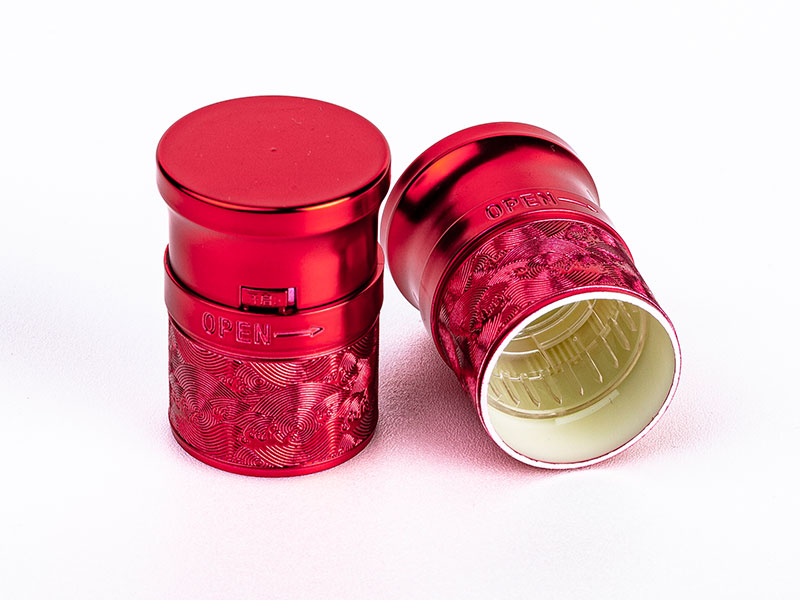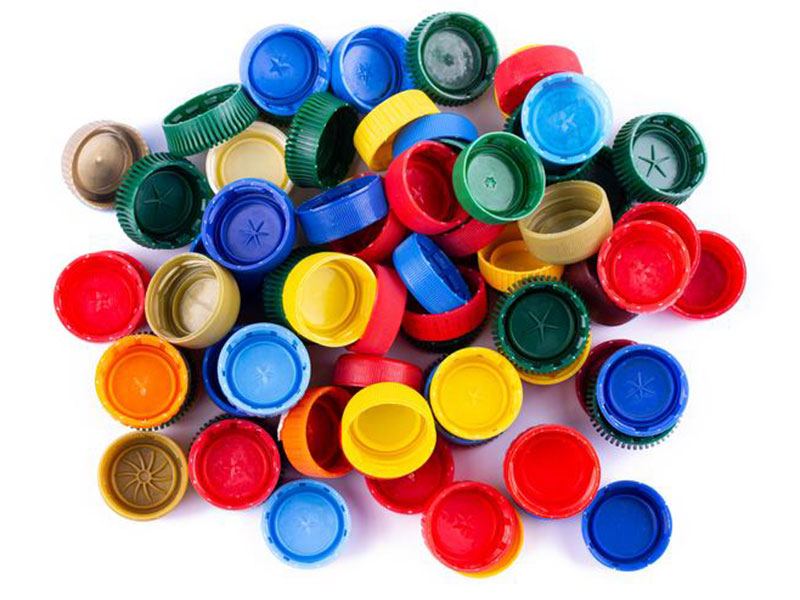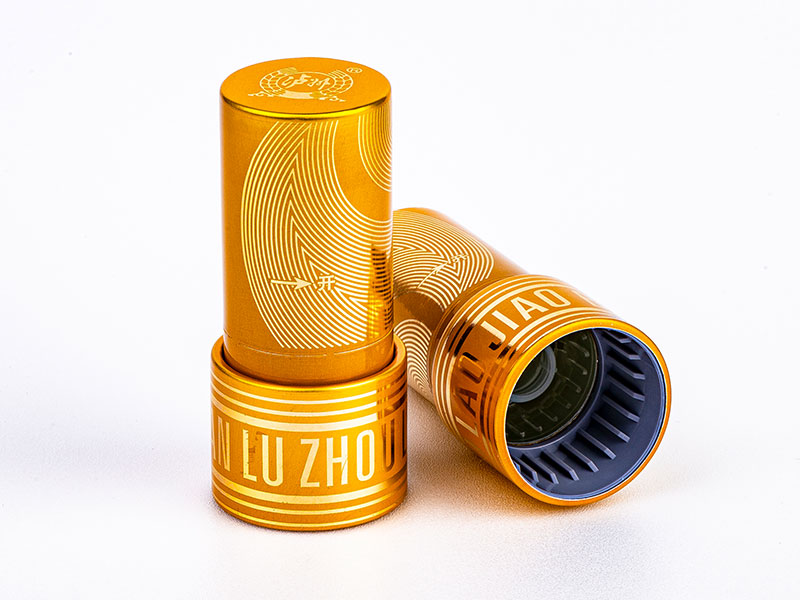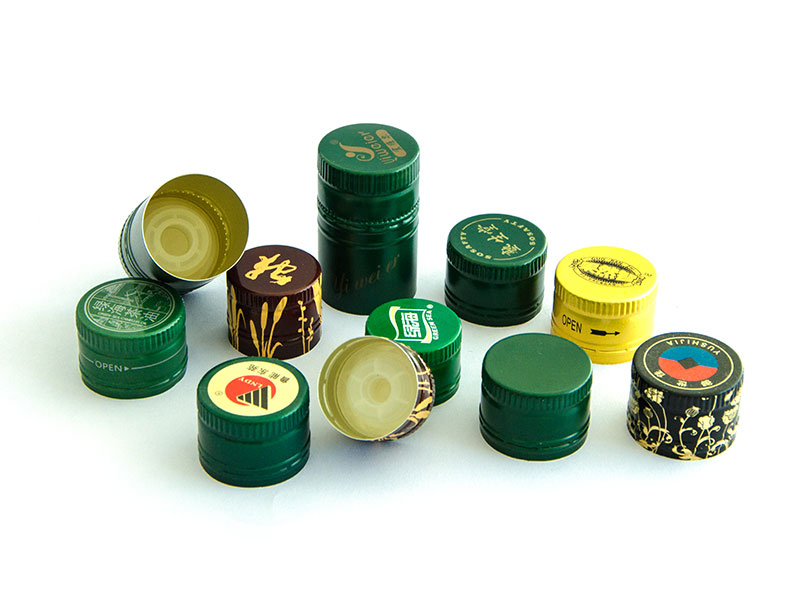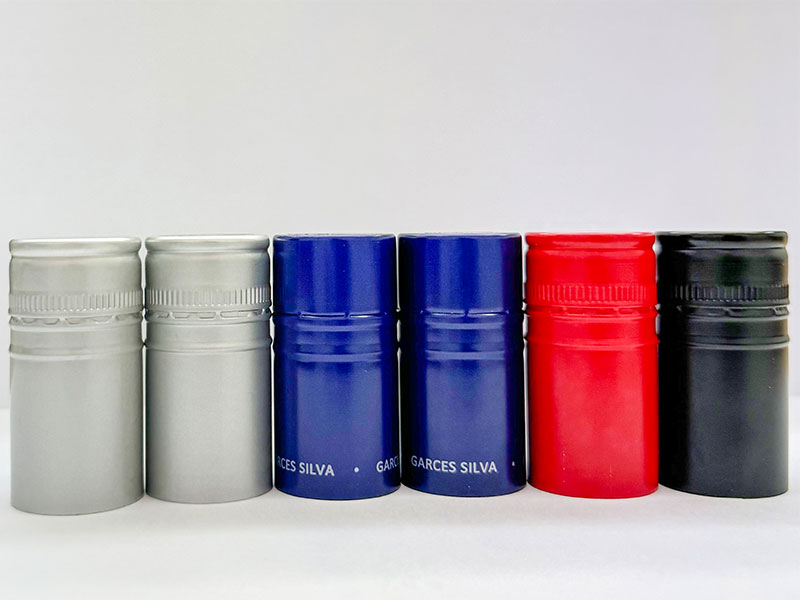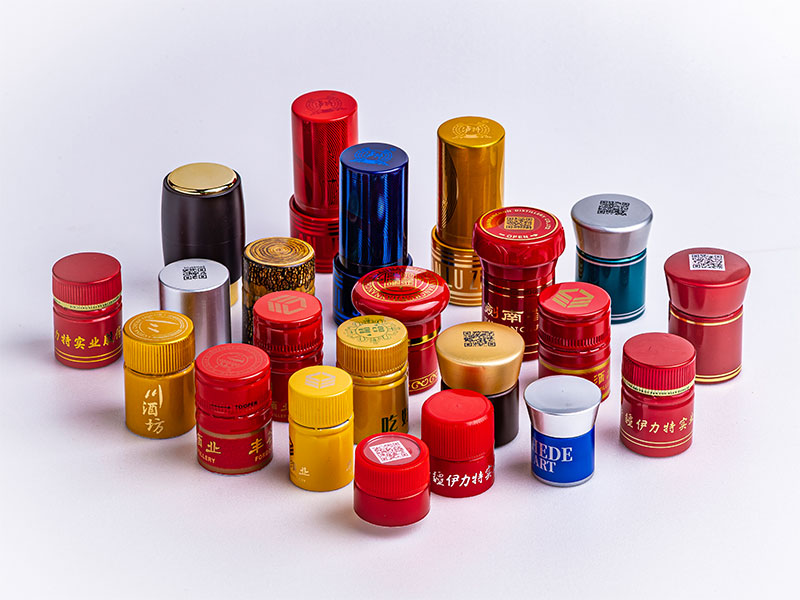Aluminum Caps for Soda Bottles with Long Term Carbonation Retention
In the expanding beverage industry, preserving the quality and freshness of carbonated drinks is critical for customer satisfaction and brand reputation. One of the most effective ways to ensure long-term carbonation retention is through the use of high-quality aluminum caps designed explicitly for soda bottles.
Aluminum caps for soda bottles serve as an airtight seal that prevents the escape of carbon dioxide (CO2) from carbonated beverages. These caps, made from aluminum alloys specially selected and treated for durability, combine excellent mechanical performance with corrosion resistance, crucial for maintaining the integrity of the carbonation for extended periods.
Features
1. Superior Airtight Seal
- Aluminum caps utilize high-precision thread design and liner compatibility to create a reliable seal preventing CO2 escape.
- Effective sealing plays a vital role in preserving the carbonation pressure inside bottles under various storage and transportation conditions.
2. Corrosion Resistance
- Aluminum alloys with intrinsic oxide layers provide natural corrosion resistance.
- Additional treatments such as anodizing or lamination coatings shield caps from acidic environments typical in soda beverages, preventing degradation and contamination.
3. Lightweight and Durable
- The low density of aluminum alloys (typically ~2.7 g/cm³) offers a lightweight solution, reducing shipping costs without sacrificing strength.
- Excellent mechanical properties afford resistance against dents or deformation during handling and automated bottling processes.
4. Chemical Compatibility and Safety
- High-purity aluminum alloys come in conformity with food-grade standards (FDA, EU regulations).
- Aluminium caps are free from toxic elements such as lead, cadmium, and chromium VI, viable for direct contact with soda contents.
5. Temperature Tolerance
- Aluminum's wide operational temperature range enables caps to retain performance during refrigeration and ambient storage.
- Minimal expansion properties ensure the seal remains consistent amid temperature fluctuations.
Chemical Composition & Alloy Properties
For optimal performance in beverage applications, typical alloys for these aluminum caps fall within the 1xxx (pure aluminium) to 3000 series (aluminium-manganese alloys). A common alloy example:
From a manufacturing perspective, the challenge with aluminum bottle caps and long-term carbonation retention isn't solely about the cap itself, but a complex interplay between the cap's design, the bottle's material and manufacturing process, and even the beverage's formulation. We meticulously control the cap's thickness and the sealing characteristics of the liner material to minimize gas leakage. A microscopic imperfection in the aluminum, a slight variation in liner composition, or even inconsistent sealing pressure during the capping process can significantly impact the cap's ability to maintain carbonation over extended periods. We constantly experiment with different aluminum alloys and liner materials, striving for the optimal balance between cost-effectiveness, strength, and gas barrier properties. Recent advancements in laser welding techniques for the caps have shown promise in improving the seal's integrity.
Personally, I find the most frustrating aspect is the variability in real-world conditions. A perfectly sealed cap might still fail due to temperature fluctuations during transport and storage, or even due to the consumer mishandling the bottle. This leads to inconsistencies in customer experience which are very difficult to trace back to the manufacturing process. We constantly collect and analyze field data, attempting to correlate reported failures with specific manufacturing parameters. Ultimately, achieving truly superior long-term carbonation retention requires a holistic approach, involving close collaboration with our clients (the beverage companies), material suppliers, and packaging engineers to optimize the entire system, not just the cap itself.
| Element | ER6351 (Aluminum Beverage Alloy Typical) | Percentage (%) |
|---|---|---|
| Aluminum | Remaining | 96.7 - 98.7 |
| Manganese | For Strengthening | 1.0 - 1.5 |
| Iron | Impurity Control | ≤ 0.7 |
| Silicon | Influences Casting Properties | ≤ 0.4 |
| Copper | Controlled for Corrosion Resistance | ≤ 0.2 |
| Zinc | Controlled Trace Element | ≤ 0.1 |
Mechanical Properties:
| Property | Value |
|---|---|
| Tensile Strength | 110 - 160 MPa |
| Yield Strength | 80 - 130 MPa |
| Elongation (A50) | 10 - 25% |
| Hardness (HB) | 35 - 50 |
| Density | ~2.7 g/cm³ |
Technical Specifications
| Parameter | Details |
|---|---|
| Cap Type | Aluminium screw caps/Twist-off caps |
| Liner Type | Foam, PVC, or PE based sealing liners |
| Cap Diameter | Standardized for soda bottles (e.g., 28mm, 38mm, etc.) |
| Thickness | 0.25mm - 0.40mm |
| Coating | Epoxy or polymer-based internal coating for corrosion resistance |
| Compliance | FDA, EU food contact compliance |
| Temperature Range | -20°C to 50°C |
| Shelf Life Impact | Matter seal retains carbonation for ≥12 months |
Applications
1. Carbonated Soft Drinks
Manufacturers of cola, lemon-lime sodas, and specialty soft drinks use aluminum caps that maximize carbonation retention during distribution and storage.
2. Craft and Bottled Beers
Glass soda-style aluminum caps are increasingly used in craft beers to preserve the carbonation and maintain fresh taste profiles.
3. Sparkling Water
Bottled sparkling or mineral waters require neutral and non-reactive caps with strong seals to prevent subtle CO2 loss that affects fizz.
4. Functional Beverages
Beverages containing carbonation and functional additives, such as energy drinks or vitamin-enhanced sodas, benefit from consistent performance without degradation due to metallic interaction.
5. Home Bottling and Small Scale Production
Aluminum caps are often preferred for their ease of use, tool compatibility, and acid resistance in home and artisan bottling operations.



